So it’s getting pretty cold outside, and when I built the last version of my stove I promised a breakdown analysis after I had used it for a season and had a chance to sort out my experience. Now that I have rebuilt the beast it seems the time is here to write about it.
First I would say that overall it performed pretty well, the weakest part of the thing being the door. The visions cookware lid I started with did work, but I would not plan on using such a thing except in a pinch. Eventually the first one cracked, primarily from physical shocks because it really does get too hot to handle at times leading to bumps and drops, and once hot it will use any excuse to crack.
Over the three to four month life of the stove there were numerous tweaks and while the final product worked, it would never have lasted another four months without many more overhauls.
My building style was primitive, using lots of clay and perlite, which was always sufficient in the original rocket stoves I built, but with the more compact and intricate design of the DSR bricks are really the way to go for all vertical surfaces, not just inside the firebox/batch box. Also bricks give an element of speed to the construction, and the finished product is structurally more stable. With clay walls on much of the old stove, cracks were commonplace, and I often worried about them just falling completely apart. If you do want to use clay, make sure it is a continuous mold type process. Forming one wall one day and then adding to it or building an adjoining wall the next does not give a reliable bond.
The water tank was the next area of interest, primarily because it was an issue I had to revisit many times, especially after one spectacular failure. My theory that pex could withstand temperatures in excess of water boiling was good only to a point . Hot, therefore soft, pex under extra pressure will blow out. Use all metal fittings inside the heat chamber and for a distance outside the chamber, and of course, when heating water, always have the system open so steam can escape safely. Pressure relief valves are a real good extra insurance in case one forgets to depressurize the system.
Soot was present everywhere the exhaust touched , except the parts that got the hottest in the burn chambers. The thought occurred to me that I had basically turned the entire downstream part of the stove where heat was extracted into a creosote trap, and future builds will have to accommodate an easy access for periodic cleaning.
Future builds will also need to be more efficient, and since start up and cool down phases of the burn are the most problematic, shortening those periods compared to overall burn time will be a major concern. Quality dry fuel will become a major goal for operation of the next iteration of the stove.
Recently I read more about the continued development of the DSR II and it has taken some interesting turns. I’m not sure I will be using all the developments, but at some point I will likely be adding a short riser at the back of the firebox. That will likely wait for me to get some ceramic fiber board, so for now I’m just using the old DSR design.
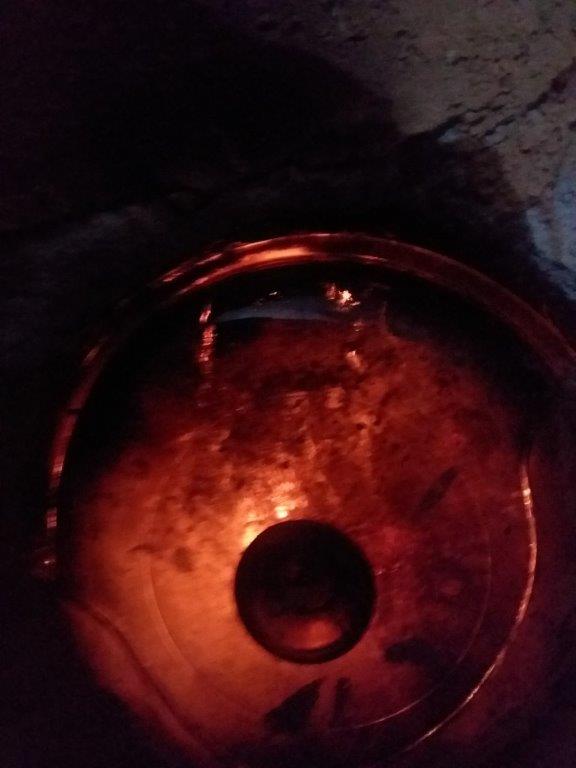
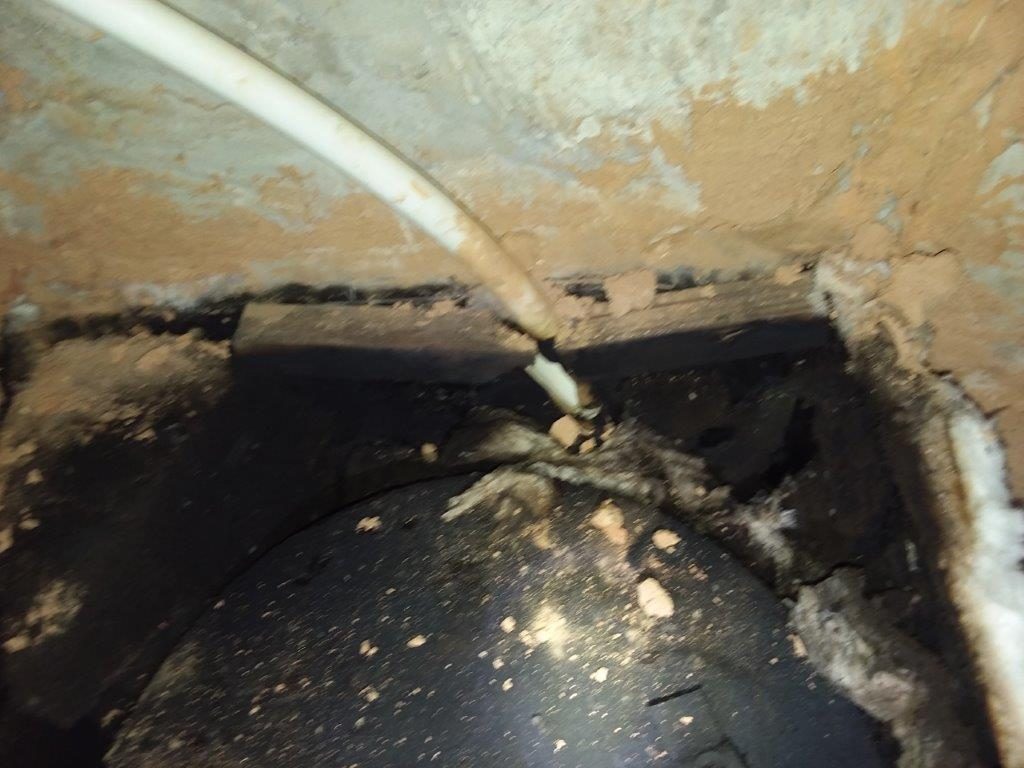
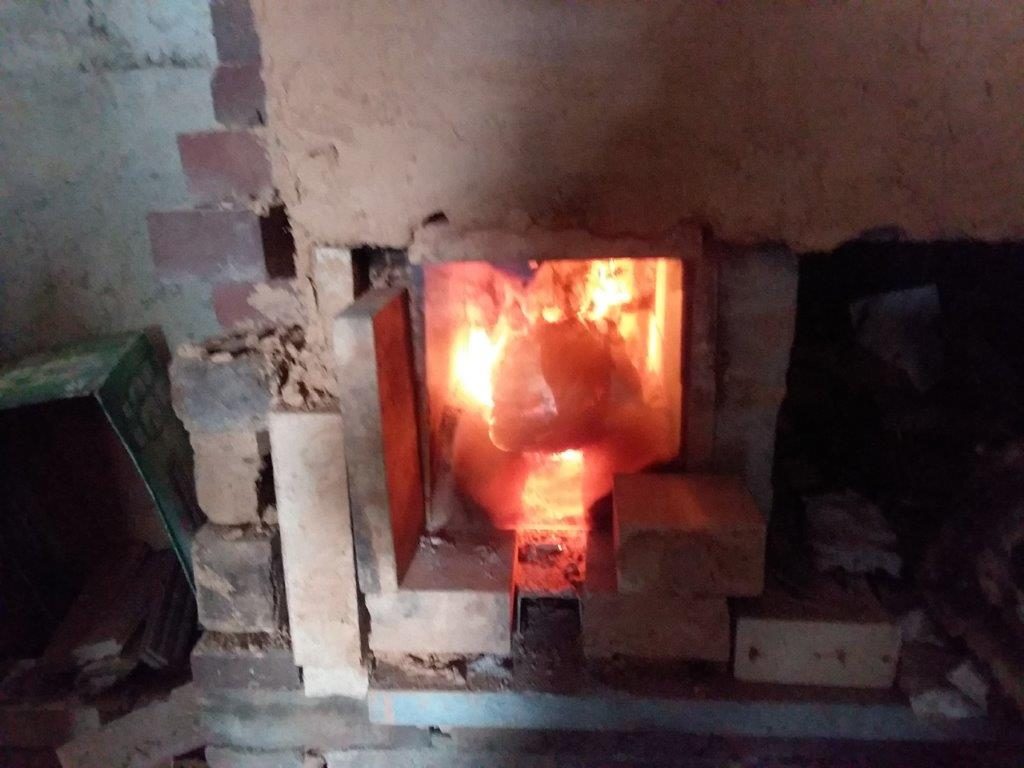
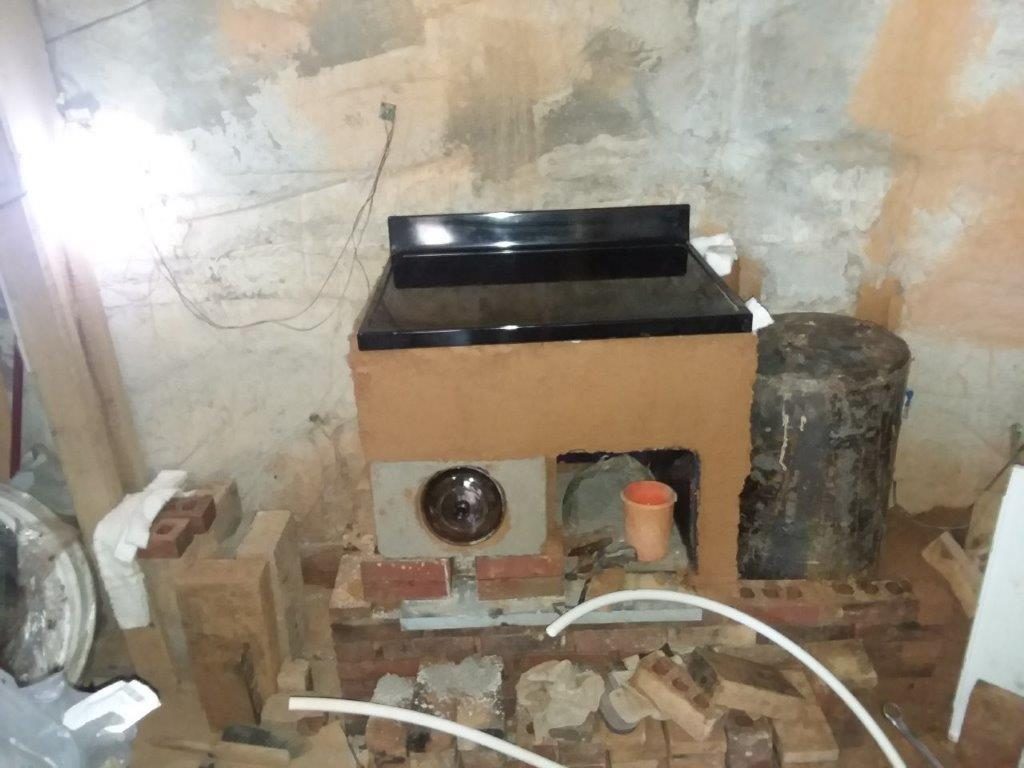
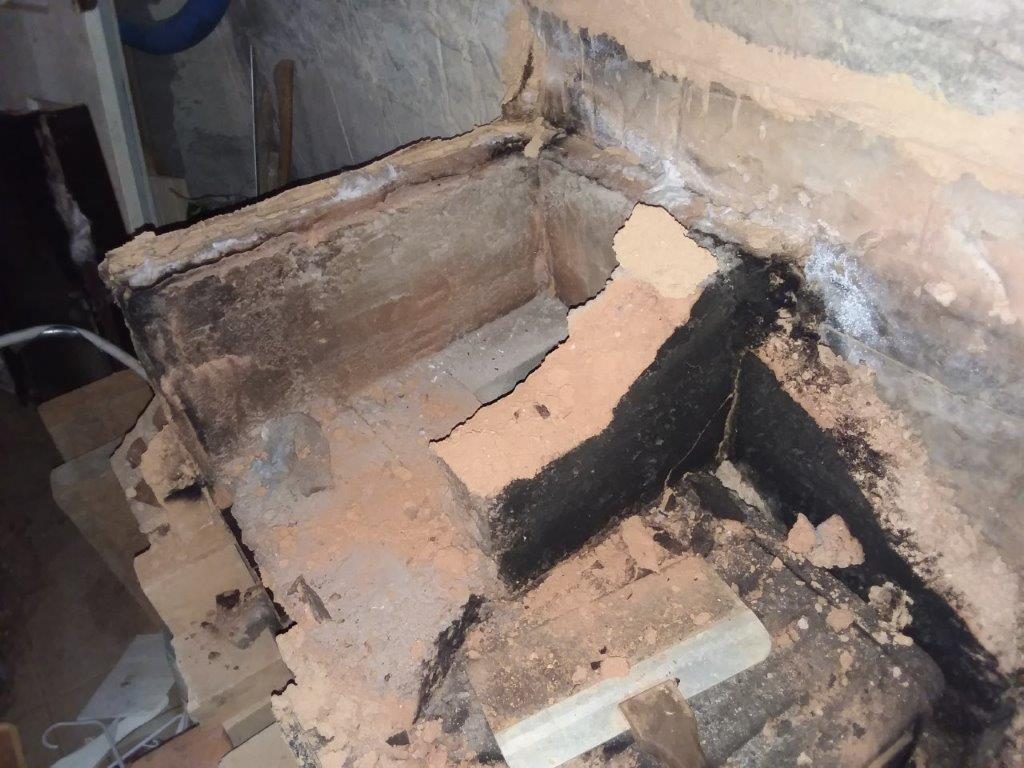
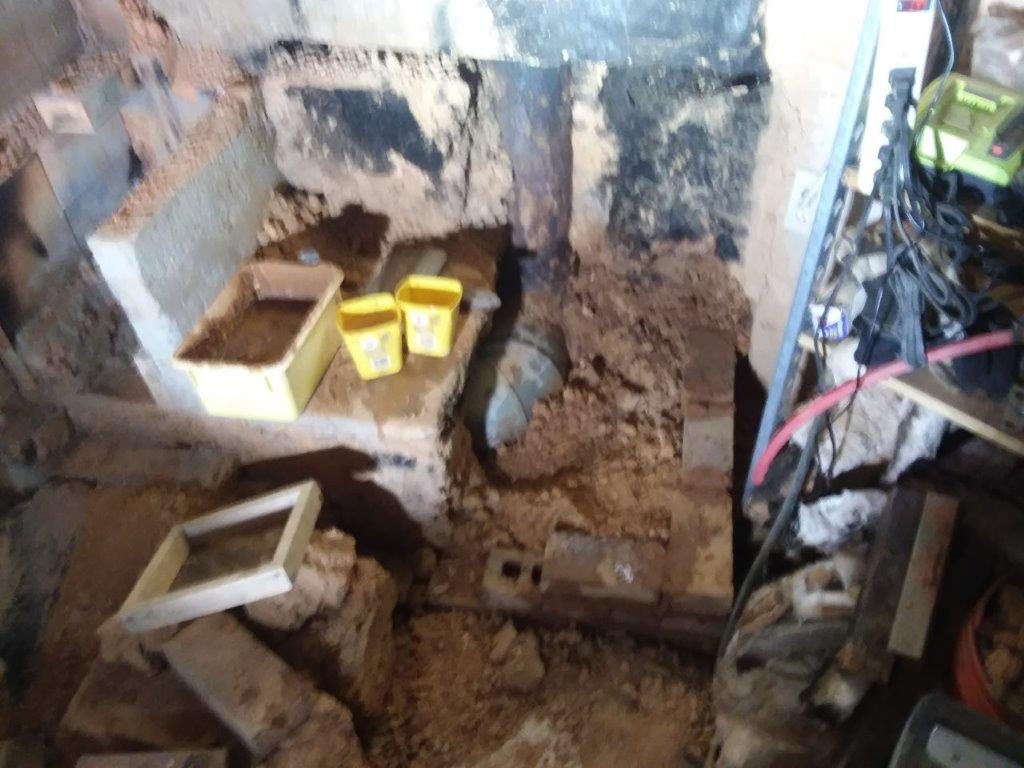
I was a bit remiss taking pictures as I dismantled the old DSR, and obligations elsewhere meant much of the new construction was not overly documented, but look at the next post to see how the new DSR changed.